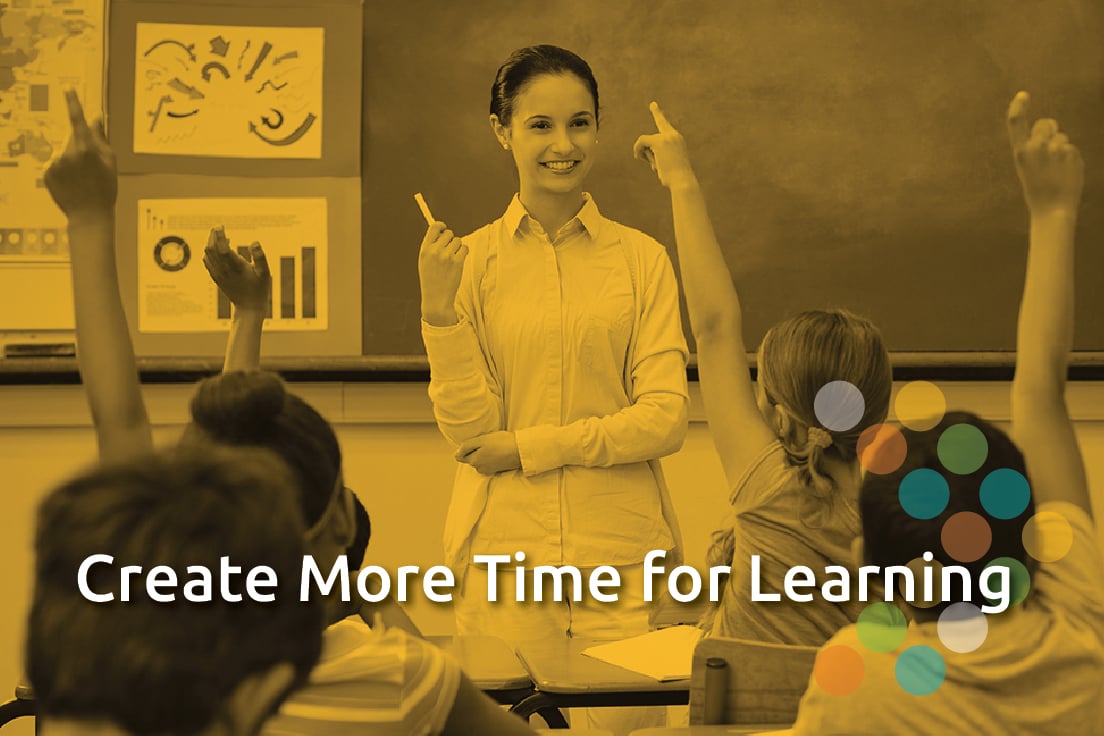By: Paul Robb
Everyone is talking about formative assessment these days, and for good reason. Research has clearly demonstrated powerful effects of integrating formative assessment practices into classroom instruction (Hattie, 2012). Teachers who use these principles know well that formative assessment is really just a part of good teaching.
At the simplest level, formative assessment is staying in touch with how well students are learning what is being taught, and using that information to improve instruction and close gaps in student progress. Of course, teachers have always done this on some level, but how do we identify and apply the core principles of formative assessment to maximize student learning? Let’s take a look at the four core features of formative assessment: clear objectives, integration with instruction, targeted instruction, and student feedback.
Identification of Clear Instructional Objectives.
I like referring to instructional objectives as learning targets, which is a term often associated with formative assessment approaches, but the concept is the same. What do we want students to know, understand, and do as an outcome of teaching? How do we articulate these learning targets in student-friendly language? How do we tie these targets to ongoing assessment so that we can assess mastery of the learning objectives?
Integration of Formative Assessment Tools into Instruction
In order for assessments to be useful, they must serve one or more of the following three purposes. The first is categorization or “screening,” which serves to identify students who are making adequate progress and students who might require additional instruction to meet learning targets. The second is instructional: assessments that provide information regarding the specific skills and knowledge gaps that should be targeted for further teaching. The third is progress monitoring; as the name implies, progress monitoring assessments provided ongoing feedback about how well students are progressing toward learning targets. Ideally these tools should be as efficient as possible in providing essential information with minimal redundancy and minimal intrusion on instructional time.
It is important to note that educational assessments, ranging from embedded classroom assessment to standardized tests, may vary considerably in how well they serve one or more of these purposes. These assessments will also vary in the extent to which they target specific skills versus general outcomes. It is important to consider how these various assessments contribute to a formative assessment model in identifying instructional gaps and providing feedback that enhances teaching that is effective in closing these gaps. For example, some assessment tools might be more useful at a system level, where others might better support ongoing daily classroom instruction. In a formative assessment model, classroom instructional activities often serve the purpose of allowing students to demonstrate what they have learned (William, 2011).
Targeted Instruction
The true value of formative assessment is when it focuses instruction like a laser on the most critical areas of need. Whether we call it adapting, adjusting, or differentiating instruction, having precise information about student progress and the specific skills and concepts that need to be addressed instructionally is critical in targeting instruction in a way that maximizes student learning. Clearly, this entails informed and well-designed instruction but it is noteworthy that an effective formative assessment process provides continuous and, in many cases, immediate feedback on how well the instruction is working. If the instruction is not working as well as expected, teachers and support teams can use this feedback to modify or strengthen the instructional approach.
Student Feedback that Enhances Motivation, Engagement and Relf-Regulation
In addition to the most powerful effects of teachers receiving direct feedback from formative assessment on the learning progress of their students, research has shown that high quality feedback to students that helps them see where they stand in relation to clear learning targets, and to see a clear path to achieving the learning target, is a powerful tool to engage students in their own learning and enhance student progress. Ideally, feedback to students should : (a) be tailored as much as possible to individual students, (b)identify progress as well as next steps, (c) be simple and clear, and (d) be focused on the learning target and related tasks rather than the student. Very often, especially for low achieving students, feedback may come in the form of scaffolded instruction with the intent of guiding the student to an improved understanding of the necessary skills and/or concepts. (For an excellent resource on delivering effective feedback to students, see Brookhart, 2008).
Formative assessment approaches typically include structured feedback tools such as rubrics and models of student work to facilitate effective feedback (Chappuis, 2015; Stiggins, Arter, Chappuis, & Chappuis, 2010). Progress monitoring tools such as CBM assessments, can be valuable in providing direct feedback on student progress in ways that enhance motivation. However, educators must be careful in how feedback is delivered because many low achieving students might interpret slow progress as negative. As Hattie (2012) notes, delivering feedback that is received as intended can be quite challenging! When a student’s current performance is a long way from the goal, it can be helpful to set interim goals that are attainable by the student in a shorter period of time.
Numerous forms of assessment have become woven into the fabric of American education. These assessments often serve clear and valuable purposes, but educational leaders must always strive for balanced assessment approaches that are effective in maximizing positive learning for students rather than simply leeching away instructional time. Understanding the purposes of the assessments that are available to us within a formative assessment framework is critical to making good decisions about which assessments to use, when to use them, and how to use them. I hope that the principles presented here help you to maximize learning for all students, especially those students who are most in need of our best instruction.
References
Brookhart, S. M. (2008). How to give effective feedback to your students. Alexandria, Va: Association for Supervision and Curriculum Development.
Chappuis, Jan. (2015). Seven strategies of assessment for learning. Prentice Hall.
Hattie, J. (2012). Visible learning for teachers: Maximizing impact on learning. New York: Routledge.
Stiggins, R. J., Arter, J. A., Chappuis, J., & Chappuis, S. (2010). Classroom assessment for student learning: Doing it right -- using it well. Upper Saddle River, N.J: Pearson Education, Inc.
Wiliam, D. (2011). Embedded formative assessment. Bloomington, IN: Solution Tree.
Paul Robb is a school psychologist with over 30 years of experience. He has a doctorate in Educational Leadership, and has extensive experience teaching, training, and consulting in psychology and education. He is a member of the FastBridge Learning team as an Affiliate Trainer.

![[eBook] Get the Whole Picture: Using Social, Emotional and Behavioral Assessments to Support Student Success](https://5196620.fs1.hubspotusercontent-na1.net/hubfs/5196620/AdobeStock_157265506.jpeg)





